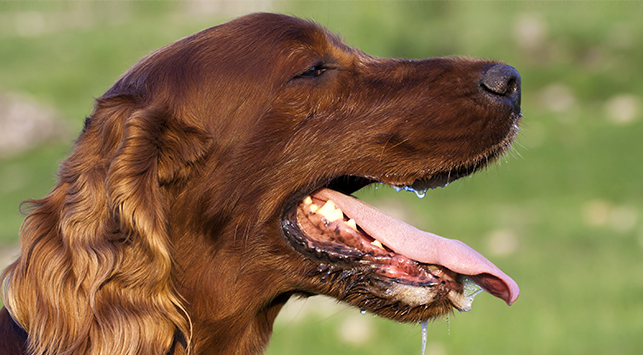Need to improve access to rabies post-exposure jab
By PD columnist, November 8, 2022The recent death of six-year-old Gabriel from rabies complications after a dog bite in Sakwa village, Siaya could have been avoided.
The dog that bit the young boy would not have gone wild had it been vaccinated against rabies. Additionally, lack of the life-saving vaccine at primary health centres is a daily stark reminder of the virulent nature of this neglected disease in our households and communities every day.
The boy’s life could have been saved from getting the incurable clinical disease had he received the full dose of the recommended five anti-rabies post-exposure vaccine.
Rabies is caused by a virus that is nearly always transmitted to humans through bites and scratches from rabid animals. Without appropriate intervention to prevent development of clinical disease, rabies is 100 per cent fatal. From the first day of the dog bite, anti-rabies injections are normally given on the first, third, seventh, 14th and 28th day after exposure. The most effective and efficient way to prevent human rabies is vaccinating the domestic dog, which is the main source of the virus. However, when bitten by a rabid animal, the immediate action is to wash off the virus from the wound using clean running water, for at least 15 minutes. An immediate visit a health facility is highly recommended.
With about 2,000 Kenyans dying annually from rabies, in 2014 Kenya adopted a strategic plan for the elimination of human rabies to achieve the global target of eliminating dog-mediated human rabies by 2030. To make this strategy a success, collaborative efforts cutting across human and animal health sectors are important. Stakeholders should work together, conduct risk assessment to ensure linkage between the bite patient and biting animal for guided treatment.
Unfortunately, rabies is a neglected zoonotic tropical disease whose burden and risk disproportionately affects poor rural communities and the most vulnerable in the society particularly children under 15 years like young Gabriel. In Kenya, even with the devolved government system, human vaccines are not included in the routine and essential vaccines at primary health facilities where dog bites are first reported.
This translates to counties recording varying needs in stocking essential medicines, including vaccines. Rabies vaccine is lifesaving but often faced with challenges of accessibility and availability.
As an on-demand vaccine with expensive purchase costs, it is uneconomical and impractical to stock in all health facilities and even those that stock the vaccine, face frequent stockouts associated with limited budgets.
Despite availability, accessibility can be an obstacle if the stocking health facilities are not optimally placed and patients are forced to travel long distances to access them. This poses a challenge to patients due to the costs associated with travel for the recommended five doses of the vaccine. Mass dog vaccinations covering 70 per cent of the dog populations is a cost-effective intervention sufficient to break dog-to-dog rabies transmission in addition to human vaccine provision.
Low dog vaccination coverage can be attributed to the following; lack of information on the proportion of dogs vaccinated during mass vaccination campaigns and logistical challenges impairing effective delivery of vaccines. These inefficiencies result in pockets of unvaccinated dogs within the vaccinated areas. Poor knowledge on disease transmission and prevention, especially in marginalised rural settings and surveillance, remains the main challenge in rabies prevention, treatment and management.
Investments should be placed on education so that the community and especially children can be aware of what rabies is, its transmissibility, disease severity, first aid procedures and preventive measures which advocate for post-exposure completion.
— The writer is a Rabies researcher at the University of Nairobi and the Kenya Medical Research Institute
